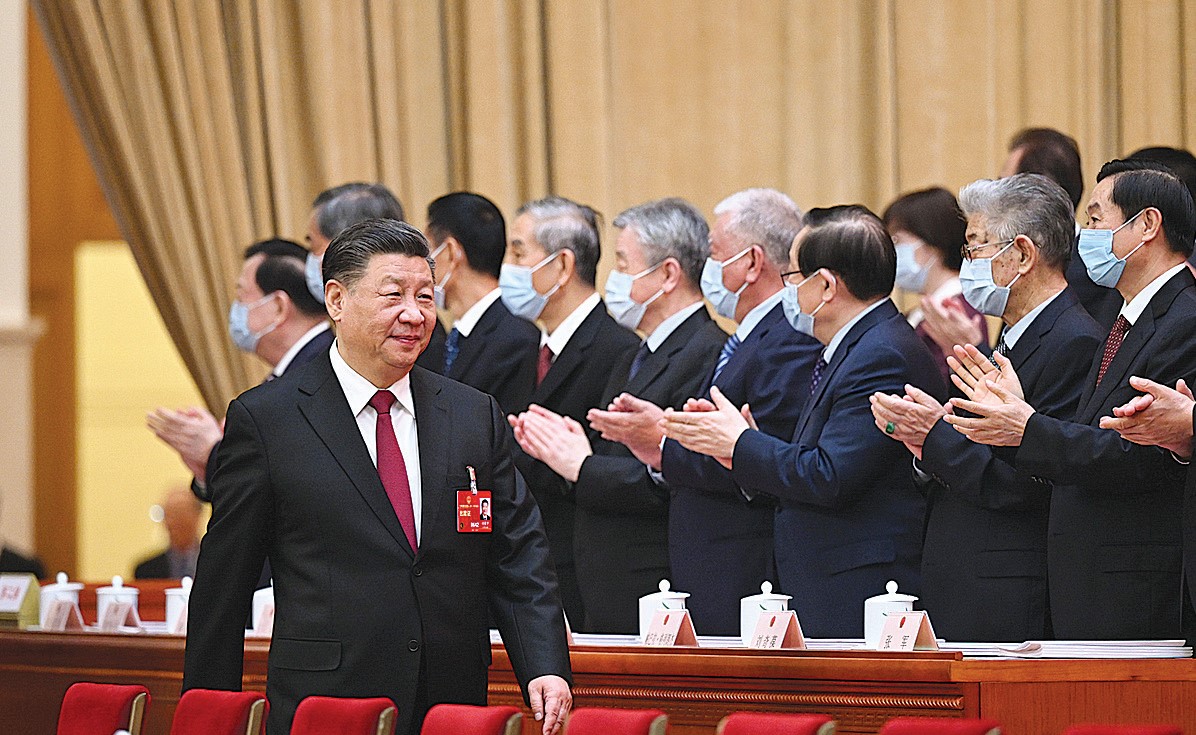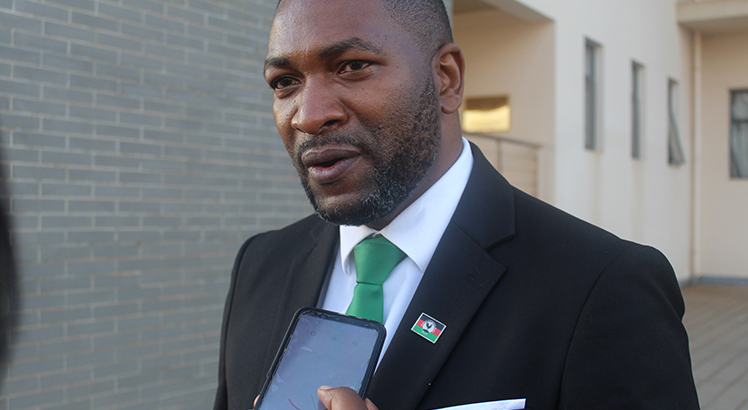BEAUTY OF PAIN
We are in a season of economic pain. Government, as part of responding to the pain, is rethinking some of its subsidies to social sectors. Could this moment of pain be a silver lining on this dark economic cloud? Our News Analyst EPHRAIM NYONDO explores.
Finance and Economic Planning Minister Goodall Gondwe knows he is running an economy from a shrinking wallet.
Donors, who contributed 40 percent to the recurrent side of the National Budget, left long time ago.

Tobacco sales, yes Malawi’s major forex earner which Gondwe relies on to sustain his immensely import economy, are doing badly at the auctions.
As if that is not enough, Gondwe, again, has watched the local currency, in the past few months, tumble dangerously against major trading currencies, especially the US dollar.
The greatest tragedy for Gondwe, given such a gloomy economic outlook, is that despite having a shrinking wallet, there is much expected to come out of it.
He has to sustain his bloated wage bill. He has to keep the social sectors up and running—education, health and agriculture. He has to import tonnes of maize to feed the three million that had their crops washed away by the January floods or scorched in drought last growing season. And, again, he has to spare billions, amidst a falling kwacha, to procure inputs needed for the Farm Input Subsidy Programme (Fisp).
Unarguably, it is not easy, given such a context, to be Gondwe today. In fact, when he says Malawians will ‘clap hands for government next year’, he knows he has nothing, absolutely nothing, to offer this year worth a public clap. We are a nation in pain.
However, amidst these economic difficulties and hardships, there appears to be a silver lining. These times have—dramatically, vengefully—forced government to confront its positions on subsidies it has developed over the past few decades.
Since early 1990s, government, due to the buoyancy of donor’s support, has been spending more than it makes. This, studies show, has been due to different forms of subsidies that government had been offering to cushion what it calls ‘the poorest of the poor’.
For instance, in the education sector, apart from the secondary level of education, primary and tertiary education have always been virtually free.
Educating a student at Domasi College of Education (DCE), government says, averages K700 000 per year. But a student was only contributing K1 500.
Not only that.
In the University of Malawi (Unima), according to University Registrar Benedicto Malunga, both self-sponsored and government sponsored students are heavily subsidised by government despite the fact that ‘higher education is not a right but a privilege.’ He underlines that what Unima students pay for their various degrees is not ‘fees’ but just a financial contribution.
Currently, a Unima student pays about K250 000 thousand contribution to pursue his or her degree.
However, information sourced from the University Registrar’s office indicates that Unima students, as advanced by Malunga, are heavily subsidised by government.
Just look at this.
It cost government about K2.1 million to educate a single Education, Media, Social Science and Applied Science student per year. It cost about K2 million for a humanities student. For a law student it is K2.6 million; whereas for a Science and Nursing student is cost government K2.9 million and K2.8 respectively. For an Engineering and Built Environment student, it costs K3 million and K2.8 million. A medical student is the most expensive at K5.4 million year.
It is not just in the education sector. In agriculture sector, since the early 2000s, government, through various forms of subsidies, has been heavily subsiding input for the poorest of the poor. For instance, the Fisp, which has been around since 2004, has seen the cost moving from K20 billion to K60 billion per year.
The combined effect of these subsidies has been huge not just on economics, but politics too.
However, government has now started rethinking some of these subsidies. In the past few months, we have seen government changing Fisp policy: They have hiked the price of fertiliser from K500 to K3 500 per bag; they have trimmed the beneficiaries; and changed the target from the poorest to medium scale farmers.
In education, diploma and degree students at DCE will now contribute K180 000 and K220 000 per year from K1 500. Just like at Unima, all students in the country’s public higher education facilities will be self-sponsored.
What, actually, could be behind government change of policy in subsidies?
According to their statements government underlines the importance of ‘cost-sharing’ after years of heavy subsidies.
However, governance and development expert Henry Chingaipe, bluntly says: “It is a direct response to the shortage of cash in the government in the wake of aid suspension as a result of Cashgate.”
“What this means,” he explains, “Is that the fiscal sociology of the State is changing.”
He adds it means that our government is waking up to the reality that we are not so developed as to afford being some kind of a welfare State that we have been.
Arguably, all this boils down to one fact: Government is learning in pain.
On the other hand, Michael Jana, a political scientist at Chancellor College, argues for the need to be careful when rethinking subsidies.
“I think it is naive to give such sweeping statements like ‘subsidies are bad’ or ‘subsidies are good’. Such statements need to be qualified because development experiences all over the world show that subsidies can be good if strategically implemented, and can be bad if implemented without a proper plan,” he says.
He adds: “So we have good and bad subsidies. Good subsidies are generally characterised by their chance to increase production and multiply benefits, while bad subsidies generally just fund consumption and leave the beneficiaries in the same poor original state upon the exit of the subsidy.”
He gives two examples of good subsidies he feels should be priotised by government.
“Education, Research and Development is one sector where government needs to invest proactively, including the use of subsidies. This is because the benefits of education, research and development spill over to many other people apart from those directly targeted by the sector programmes,” he says.
Agricultural sector too, he adds.
“Government cannot subsidise subsistence agricultural activity of every farmer in Malawi. I would favour strategically subsidising commercial farming that will have multiplier benefits to the economy; and, of course, some for the ultra-poor though this latter subsidy has faced targeting challenges; hence, needs to be restrategised,” he reasons.
He underlines these are some of the considerations as ‘we try to prioritise our limited resources to engineer the Malawi that we want’.
Simply put, what Jana calls for is a need for a ‘proper plan’ regarding priotising good subsidies. Unfortunately, there is no information, currently, if government has a general plan, or a strategy, on how it intends to handle issues of subsidies.
The subsidy information in the public domain is not coordinated. It is ministry specific and, generally, contradictory.
This is why Jana, concurring with Chingaipe, feels: “Lack of resources is a big factor behind these subsidy cuts because I cannot imagine a government that is subsidising malata is cutting education subsidy without showing a clear alternative or strategy.”
“I have not seen much strategy in it, or maybe they have not exposed the strategy clearly,” he says.
However, strategy or no strategy, the current policy directions on subsidies, though not coordinated and again, a bit reactionary to the economic pains Malawians are living, have given the country the moment to rethink management of its subsidies.
In fact, as Chingaipe explains, it has helped government wake up ‘to the reality that we are not so developed as to afford being some kind of a welfare State that we have been’. This, indeed, is a beauty of pain. n





